Causes, signs and treatment tactics of tremors of the hands and other parts of the body
Tremor means the involuntary rhythmic oscillatory movements of body parts (usually limbs and head) or of the whole body, caused by various reasons. Physiological tremor should be distinguished from pathological one. The physiological type of tremor can be triggered by transient conditions and does not indicate the pathology of organs or systems.
- emotional stress, which is one of the common causes of hand tremors;
- tiredness, for example, after too much workout in a gym;
- anxiety, if it is not prolonged and does not require specialized assistance;
- undercooling.
This article will focus on pathological tremor caused by diseases and pathological conditions.
Causes of tremor
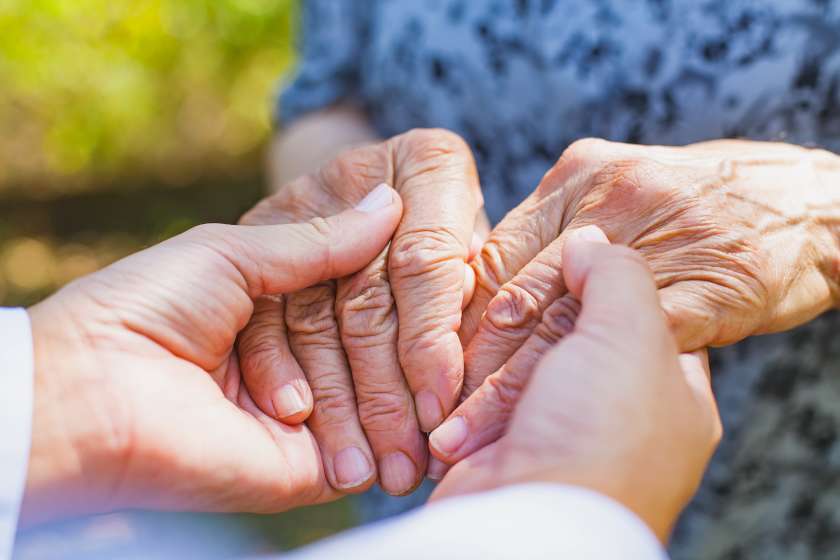
Any moving parts of the body can be affected by tremor:
- fingers (tremor of the fingers with excitement is the most common type of this pathology), hands, legs;
- head, chin, lips;
- trunk.
- primary, or essential;
- secondary, which occurs against the background of an underlying disease or due to intoxication or side effects of the medication;
- psychogenic;
- tremor in case of degenerative diseases of the central nervous system: Parkinson disease, cerebellar degeneration, dystonia, etc.
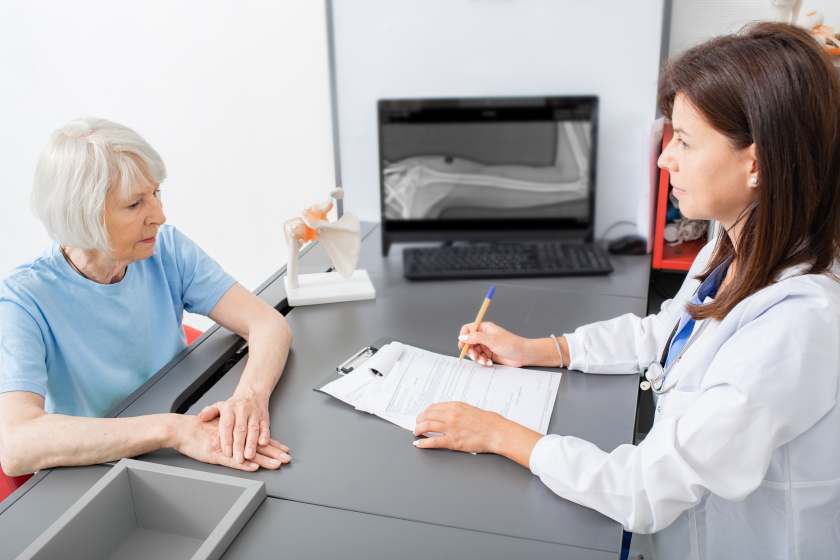
- thyrotoxicosis;
- hyperparathyroidism;
- hepatic impairment;
- kidney disease;
- stroke;
- traumatic brain injury;
- brain neoformation.
Types and symptoms
Essential. In case of essential tremor, the upper limbs are most often trembling (sometimes one of them). The tremor is especially noticeable when stretching out the arms and making purposeful movements. The process may also involve:
head;
- soft palate;
- lips;
- vocal cords.
Parkinsonian. Parkinsonian tremor is a resting tremor which decreases with movement. It was named so because it is most often observed in case of Parkinson disease. At this, patients have the following parts trembling:
- most often – limbs (mainly right or left);
- less often – the chin.
Dystonic. Dystonic tremor is observed in patients with impaired tone due to various diseases of the nervous system, it is variable in amplitude, often increases when trying to resist and decreases with the help of corrective gestures.
Cerebellar. Cerebellar tremor occurs when a patient tries to maintain a posture (for example, standing with arms extended forward). It mainly involves:
- trunk;
- proximal parts of the limbs (those that are closer to the body);
- sometimes, the head.
Rubral. Rubral tremor is also called mesencephalic or Holmes tremor. Most often it occurs in case of the damage to the midbrain (less often, to the thalamus). Rubral tremor of the body in adults occurs under the following circumstances:
- in an attempt to keep the body and limbs in a given position;
- when moving (most intense);
- at rest (moderately expressed).
Neuropathic. Neuropathic tremor occurs in case of polyneuropathies, which is a damage to various parts of the peripheral nerves by various agents (toxic, inflammatory, etc.).
For more detailed answers to the questions about the mechanism of the occurrence of different types of this pathology (for example, why there is a tremor of the limbs), what it is and what the consequences may be, see our website.
Tactics in case of tremor

Patients often ask what are the effective treatment methods for the tremor of the head, arms or legs. But you cannot treat only tremor, you should influence on its cause (the disease that provokes it).
Tremor can have a variety of origins. Therefore, if a patient has this pathology, he/she should contact a therapist, and the latter, after the examination, will give recommendations on which doctor should be consulted: neurologist, endocrinologist, infectious disease specialist or other subject matter experts.
To find out the cause of the tremor, a patient often should undergo many examinations of various organs and systems. Also, in a number of clinical cases, a patient with tremor is treated by several doctors of related specialties (for example, for diabetic neuropathy, the treatment will be prescribed jointly by an endocrinologist and a neuropathologist).
Author of the article - Irina Pepenina
Reviewer of the article - Tatiana Anikieieva
More about services in MN "Dobrobut"
Our advantages
Our doctors
Our clinics
ISO certificates
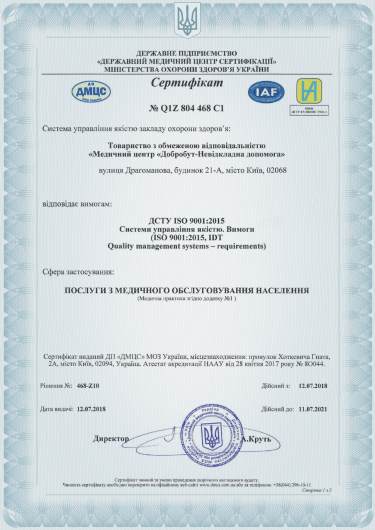
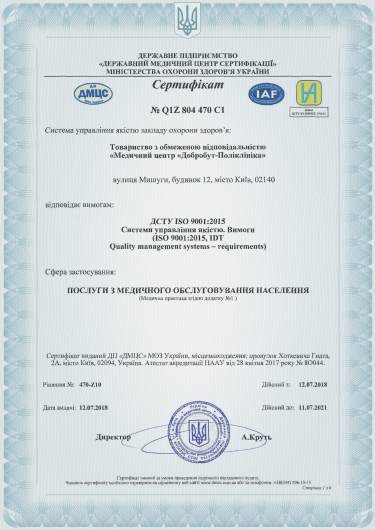
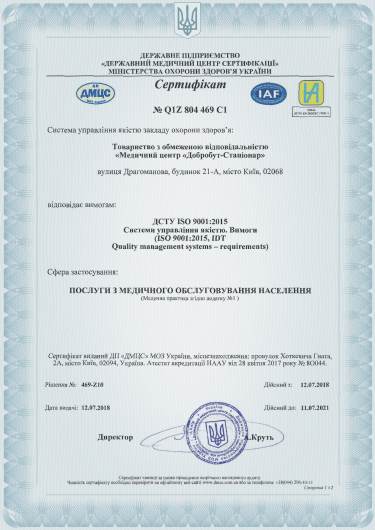
Accreditation certificates
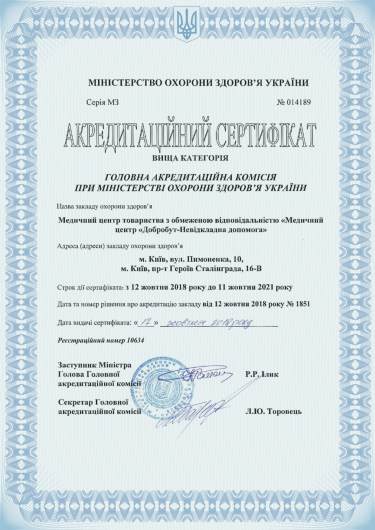
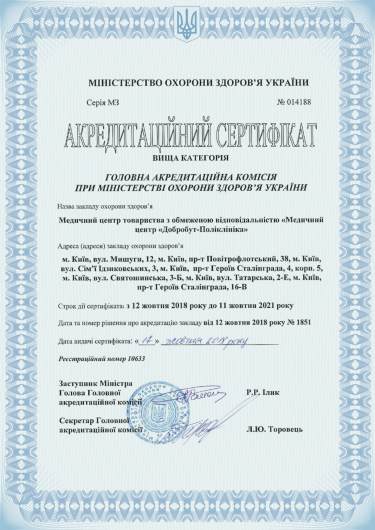
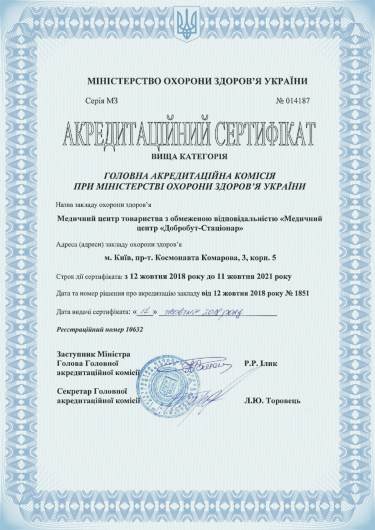
Medical practice licenses
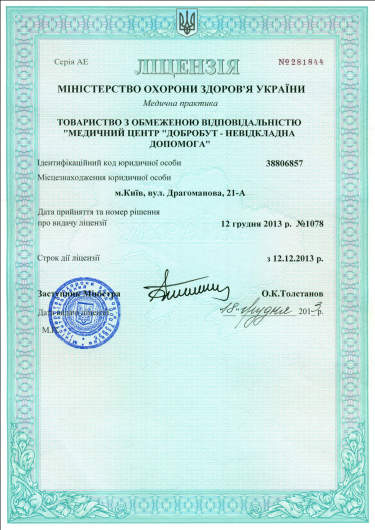
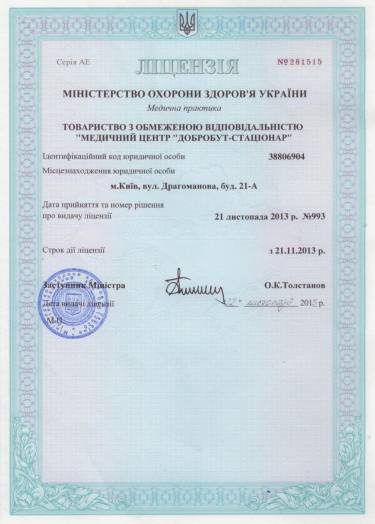
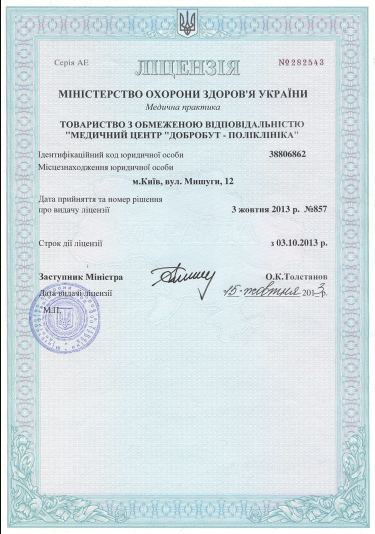














@2x.png)
@2x.png)







%402x.png)
%402x.png)
